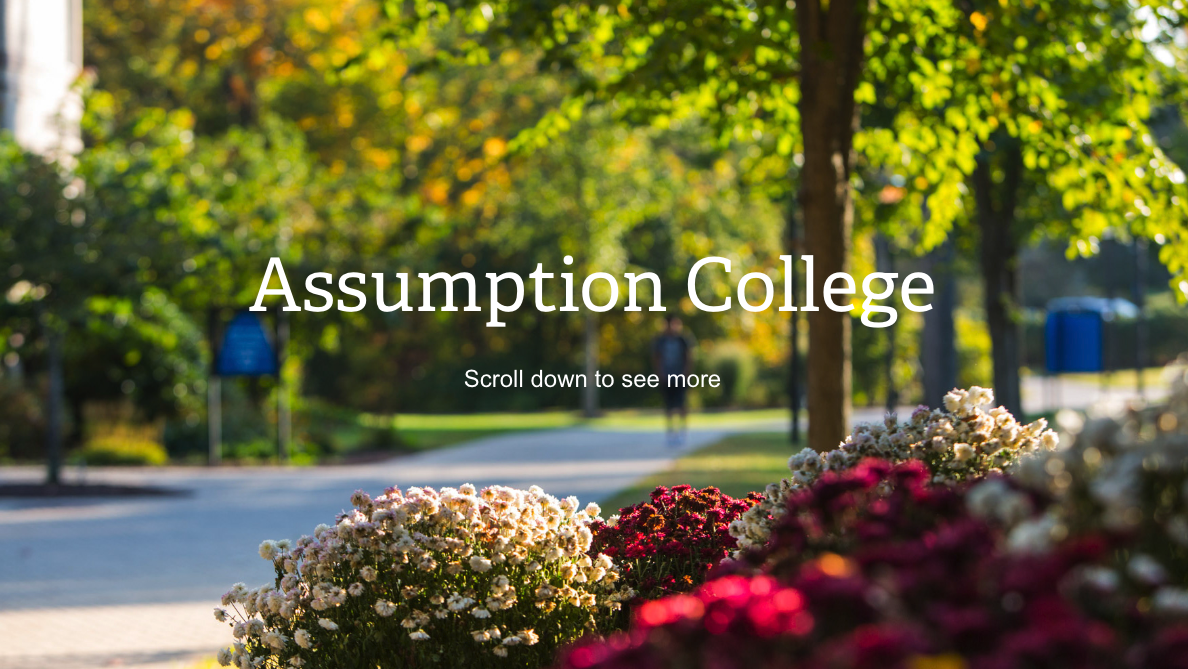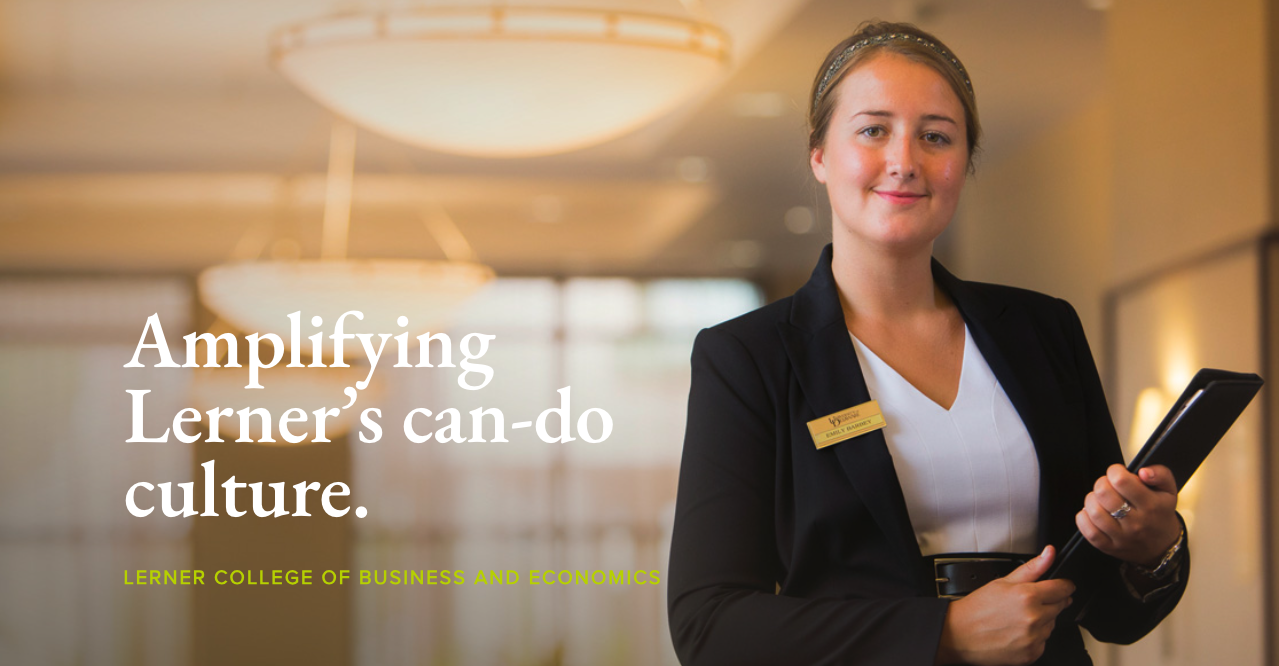Pittsburgh never felt more self-assured or certain about the future of its tourism economy than in the spring and summer of 1994. The city drew national and worldwide media coverage — and booked thousands of leisure room nights — thanks to the opening of the Andy Warhol Museum (May 13), a seventh hosting of the U.S. Open at Oakmont (June 16-20) and the 65th Major League Baseball All Star Game (July 12). The region’s tourism-promotion and economic-development groups celebrated with a three-month campaign of logos, buttons, tent cards, slogans, brag books and committees.
I had a front row seat for the party. On the Warhol Museum’s media day, I chaperoned a bus packed with art critics, photojournalists and travel writers through South Oakland. As the bus approached 3252 Dawson Street, one of Warhol’s boyhood residences, a Scandinavian photographer bounded out of his seat, asking: “This will be a house museum?”
Too stoked to wait for an answer, the unsuspecting Swede drew a quick rebuttal a few seconds later when he approached the former Warhola home a bit too eagerly. One of south Oakland’s resident nonnas met him at the porch step with the butt end of a broom handle.
Authenticity 1. Tourism 0.
The Heinz Endowments magazine “h” recently published the latest in a series of articles — stretching back 25 years — that periodically ask regional opinion makers what it would take for Pittsburgh to attract a greater share of global tourism dollars. Familiar voices and debates repeat — more cooperation vs. sharper delineation between agencies? And civic envy ensues — directed over the years at such attractions as Boston’s Faneuil Hall Marketplace, Baltimore’s harbor, Cleveland’s flats. A recent Heinz article details Philadelphia’s successful “heads in beds” marketing campaign and dedicated funding.
What’s been missing too often, though, is imagination — an ability to think outside of established tourism archetypes or involve everyday folks. As with most things in Pittsburgh, our top-down approach to civic change remains so entrenched that nobody bothers to question the framework itself.
Despite examples of bottom-up participation — most visibly the creation of the region’s rails-to-trails and bike-path network — we seem reluctant to involve those citizens already creating a most livable city to help make the region an even more desirable destination.
Yes, the policy component is essential. Philadelphia recognized 15 years ago that marketing and tourism development share little with convention sales, and wisely split those functions and funding. Such a change would meet resistance in Pittsburgh, but it needs to happen.
Philadelphia’s experience doesn’t map neatly to Pittsburgh, though. While a quarter of the U.S. population can drive to Philadelphia in less than six hours, those same visitors face a longer, steeper route to an overnight in Pittsburgh. We must adjust weekend “heads in beds” expectations accordingly.
More important, we must invite wider public participation. I, like many residents, have spent most of my life exploring, imagining and enjoying this and other cities.
Allow me to start what I hope will become a larger conversation with these eight ways to stop worrying and learn to love the ‘Burgh as a destination:
Build a signature attraction
Philadelphia’s Independence Hall enjoys universal appeal. We were caught napping with both the football and rock-and-roll halls of fame. What might score as a must-see, first-day attraction? How about something built around the Super Bowl? — a multimedia immersion in the Super Bowl’s history, cultural significance and celebrity would be a sustainable, renewable tourism draw. Or how about a science exhibition devoted to the history of climate and climate change? Imagine the Weather Channel meets Woods Hole Oceanographic Institution meets Universal Studios.
Grow existing events
Take as one example the annual Pony League World Series, which has been offering a better sports travel product than the Little League counterpart in Williamsport for decades. Few know that it exists, or that the tournament attracts teams and visitors from around the globe each August to a community park in Washington County. It may be the country’s best-kept sports tourism secret, and it takes place in our back yard.
Change the mix
Though an unqualified success, Pittsburgh’s Cultural District too tightly defines “arts and culture.” It’s time to widen the aperture and imagine a more diverse mix of artists and venues. Why not model a venue and/or production after the Grand Ole Opry, Austin City Limits or even Wheeling’s Capitol Theater radio hour? The August Wilson Center represents a giant step toward cultural and artistic diversity, but still the power of that playwright’s contribution and of his Pittsburgh Series has yet to be fully celebrated.
Embrace geography
Pittsburgh’s place as the “Paris of Appalachia” always draws a reaction. The PBS series “Appalachia: A History of Mountains and People” connects the dots between coal and steel, rural and urban. Running from culture and geography, like running from our industrial legacy, only keeps us stuck.
Make (a virtual) big boom
The further we evolve from Big Steel, the more drama and power that era holds. With places like the Carrie Furnace as a backdrop and with a world of virtual reality talent in our midst, we should find a unique way to remind visitors of the visceral might of Pittsburgh’s industrial era.
Welcome friends and family
Despite our metropolitan vanity, Pittsburgh’s tourism economy quietly relies on a steady stream of friends and family visitors. “Small town” humility and enthusiasm goes a long way to encourage more reunion visits and venues. And since we now produce more college graduates than ever, we should go even further to welcome parents and students from first visit, through orientation, parent’s weekends, graduation and beyond.
Reinvigorate public art and architecture
City lover Franklin Toker once observed that “Pittsburgh is a very social city, with few places to socialize.” We have since done much to reclaim the city’s riverfronts, but Pittsburgh remains an extremely creative urban area with few breakthrough expressions of that creativity in our scarce public art or recent architecture. A new generation of global architectural visionaries is bringing attention and tourists to places as diverse as Porto, Portugal; and San Jose, Costa Rica.
Market smarter
While the village of Cooperstown, N.Y., counts only 1,852 residents, the National Baseball Hall of Fame enjoys 100 times as many members and supporters. Likewise, nearly every attraction in Pittsburgh could apply the power of search engine marketing and social media to build membership, expand programming and grow revenue. From the private Roberto Clemente Museum in Lawrenceville to the National Aviary, local organizations could better tap and nurture national and international affinity groups with the right tools and coordinated investment. The Regional Asset District should set aside strategic funding to pilot such a program and help cash-strapped attractions learn how to fish in new and sustainable ways.
With all such ventures, we should encourage mixtures of private, public and foundation participation, much as we did with the revitalization of the Fifth-and-Forbes corridor Downtown. But we also should recognize that cities evolve from the ground up — and that even though tourism-related tax revenue collects in one agency around here, the best ideas for building Pittsburgh and its surroundings as a destination are likely to come not from a few leaders or boards, but from a wider community that has gained an empowered sense of possibility.
First Published October 9, 2011, 4:00am



